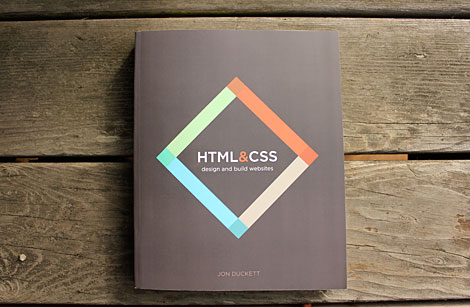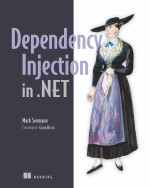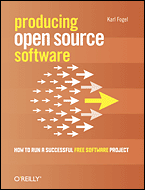In this post, i am mentioning the list of my favorite technical articles, blogs, websites and videos,
Articles:
Truly understanding viewstate : This article explains everything you want to know about viewstate in ASP.NET.
A low-level Look at the ASP.NET Architecture : This is little outdated article, but still can learn a lot about internal workings of ASP.NET architecture.
ASP.NET Application Life Cycle Overview for IIS 7.0: Very good MSDN article about whole application life cycle.
ASP.NET Page Life Cycle Overview: This one is the best to understand page life cycle flow & events. again this is also from MSDN.
Developer Tool list for windows: In this Hanselman provides a very long list of useful tools, which make developers life easier.
Blogs & Websites:
Jon skeet websites: (C# MVP)
Scott Hanselman (Principal Program Manager - Microsoft)
Eric Lippert (Previous Principal developer at Microsoft who has worked on C# compiler)
http://blogs.msdn.com/b/ericlippert/ (This blog is not updated any more, Eric has moved out of Microsoft)
Abhijit Jana (.NET consultant at Microsoft)
Pinal Dave
http://www.dotnetcurry.com/magazine/ free .NET bi-monthly magazine, which consists of articles on latest technologies in the .NET world, written by Microsoft MVP's and industry veterans.
Below websites needed no introduction
Videos
Tutorial videos On .NET technologies
https://www.youtube.com/user/kudvenkat (Venkat is very good in explaining the complex topics, in a manner in which user can understand very easily, This channel contains videos on ASP.NET, ASP.NET MVC, WCF, Entity Framework, C#, ADO.NET and SQL Server.)
NHibernate screencast series
http://www.summerofnhibernate.com/ (Best videos you will ever find for NHibernate.)











